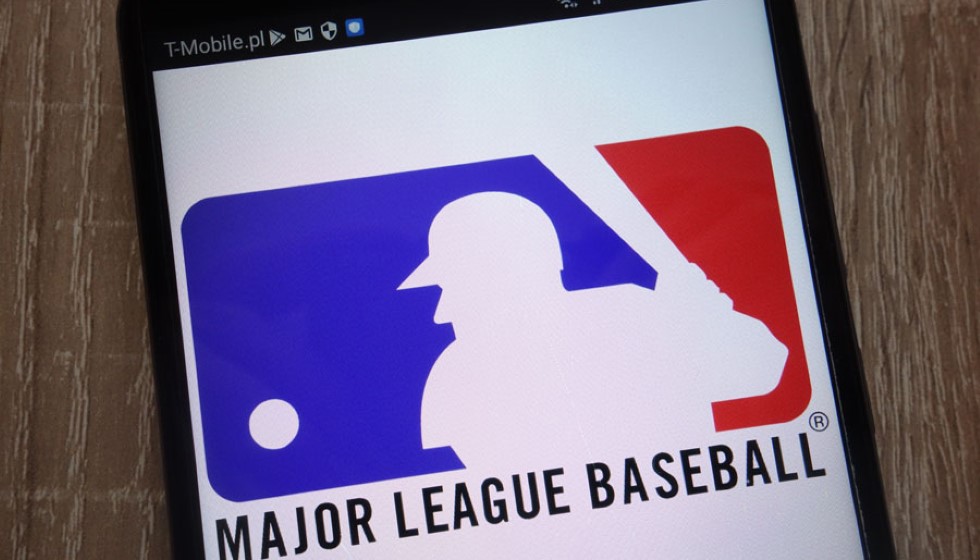
A Debut Vote and the Hall of Fame Dilemma
This year's Hall of Fame ballot bears a unique significance for one sports journalist stepping into the voting arena for the first time. As the ballots are cast, the weight of history, marred scandals, and undeniable talent sets the stage for a deeply introspective voting process.
The Legacy of Ichiro Suzuki
For players like Ichiro Suzuki, the Hall of Fame represents not just statistical achievement but a broader contribution to baseball's cultural tapestry. Suzuki's journey in Major League Baseball, beginning at the age of 27, is a testament to his distinct place in the sport. His extraordinary feat of over 3,000 hits in America, combined with a career .311 batting average and 509 stolen bases, places him among the legends. As the journalist reflects, "There's a 'feel' factor to him," acknowledging that Suzuki's influence cannot merely be quantified by numbers alone.
This sentiment echoes in the journalist's observations, "The Lofton/Ichiro comp is a great example of how HOF is definitely not a mere stats-based vote." Herein lies the challenge: capturing the intangible qualities that distinguish Hall of Fame legends.
Controversy and Scandal
The ballot also includes polarizing figures such as Barry Bonds and Roger Clemens, whose careers are as storied as they are controversial. Both players have been linked to performance-enhancing drugs, raising questions about their rightful place among baseball immortals. The dilemma grows with players like A-Rod and Manny Ramirez, similarly tainted by allegations of steroid use.
Adding more layers to the controversy, players such as Carlos Beltran and Brian McCann were caught in the throes of the 2017 cheating scandal. These issues fuel ongoing debates about moral and ethical standards in Hall of Fame considerations.
The Test of Time
A fascinating trend emerges when examining the time periods represented in the Hall of Fame. More players from the 1920s and 1930s find their way into the Hall compared to those from the 1980s and 1990s. This shift begs the question: how does one accurately compare the legacies of eras defined by such different styles of play?
For this journalist, who notes, "How do you compare WAR for players currently on the ballot with players already in the HOF?" such considerations weigh heavily. It's a challenging task to align contemporary methods of statistical analysis with the less quantifiable elements of past performance.
Evaluating Félix Hernández
One pitcher whose career sparks debate is Félix Hernández, a former Cy Young Award winner with two runner-up finishes. Despite his accolades, there is uncertainty about his Hall of Fame candidacy. The journalist remarks, "He's pretty clearly below the Hall of Fame line, basically, but I've been having second thoughts now about not voting for him." Hernández's dominance on the mound and his contributions to his teams' successes remain evocative, sparking layered discussions about what constitutes a Hall of Famer.
A Collective Decision
Ultimately, this journalist recognizes the humbling reality of being one voice in a broader narrative. "I'm not the sole Hall of Fame voter," they acknowledge. "I don't get to decide which players get in or are left out," but their inaugural vote embodies the shared responsibility and privilege held by the committee.
As this voting season unfolds, the trifecta of statistics, ethics, and historical context ensures that every name on the ballot tells a larger story. For the seasoned voters and the newcomers alike, each decision reflects not just the past, but the future legacy of baseball's most cherished players.